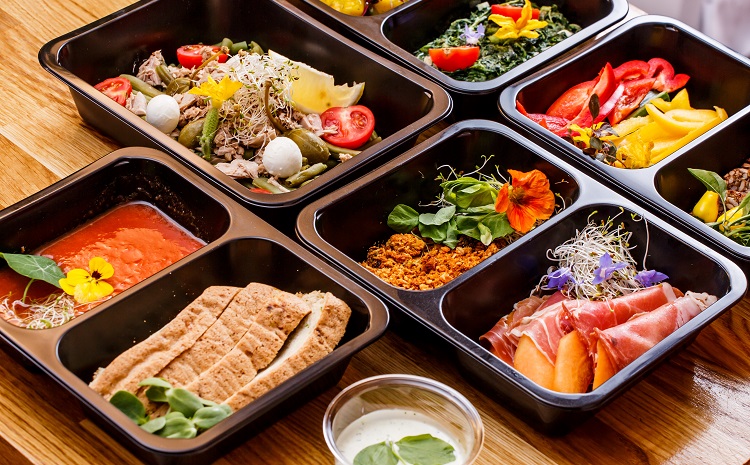
Things to consider before starting delivery services at restaurants
Food delivery was almost the single service offered among the dining out options during the pandemic. Since then, the delivery sales channel has skyrocketed with increasing sales and bigger market share.
Everybody enjoys a meal out with friends and family but having the chance to enjoy a hassle-free meal from your favorite restaurant from the comfort of your home is priceless too and it gained the hype especially among Generation Z and millennials.
Many restaurants have shifted their services toward more delivery services but not all of them have succeeded to manage both their on-site and delivery operations.
Are you considering expanding your sales and adding delivery to your sales channels?
If no, you are mistaken!
You should be considering this option due to its return on investment and revenues as 54% of adults say purchasing takeout or delivery food is essential to the way they live, including 72% of millennials and 66% of Generation Z adults. But there are considerations to take into account before execution your plan.
What are the considerations before offering food delivery services?
Delivery services outsourcing
Once you are considering adding delivery services to your sales, the first thing that might occur to you is the routes of delivering your orders.
Should you partner with a third-party or hire your own employees?
Partnering up with a third-party delivery company incurs marketing costs to promote the new delivery mean and setting-up fees and other related costs that are either paid in percentage depending on transactions made or as a fixed monthly payment.
Know that even if the delivery is held by an outsourced company, customers will still blame you for any mishap or inconvenient in delivery such as late orders.
On the other hand, outsourcing the delivery services is less work for you even if you have to share your profits with others.
Choosing to do it in-house has also its pros and cons including having control over your services and easier accountability for your own employees.
It involves more work and even costs of hiring a new team dedicated to delivering orders such as drivers and maybe buying your branded vehicles.
The staff
You might start small but eventually delivery option requires dedicated staff to it if you’re planning to grow your business through this sales channel and why would you even start it if you’re not planning to grow it?
Start hiring new people to handle deliveries including back of the house staff to handle delivery-only orders for more organized orders to improve your customer satisfaction. If you decide to manage delivering your orders then, you also need to hire delivery drivers.
The first thing you need to do is training the new staff on all the levels needed such as food safety guidelines, sanitary procedures, customer service and so on.
Technology
The use of the appropriate technology tools contributes in the success of restaurants so online ordering that enables menu review, delivery and order tracking is a must to organize your operations and process your orders in a timely manner with no delays or mistakes. The online ordering should be integrated into the POS and the kitchen management software for seamless orders.
The orders should be streamlined into the POS automatically to eliminate human intervention and errors then transferred to the kitchen for preparation and delivery afterwards.
Setting up online ordering contributes in the overall revenues as a study found that using online ordering service increased the take-out revenues by an average of 30% while 1 in 5 doubled them.
Cost
An in-house food delivery incurs lots of costs and your sales and costs estimations and calculations should be clear to evaluate your ability to start with delivery services.
- Labor cost: adding kitchen staff and drivers if applicable.
- System cost: Setting up a system that enables online ordering.
- Packaging: buying labeled packaging suitable for food travel.
- Partnering with a third-party: the monthly fees or percentage from orders that you have to pay if you partner up with a third-party delivery company.
- Marketing costs: promoting the new delivery services to the right market and customers through SMS, social media and website news.
Deciding to expand your business and start food delivery services is a smart choice that you need to initiate to grow and sustain your restaurant. Study your targeted market very well, promote your new sales channel, and choose the right POS software partner.





